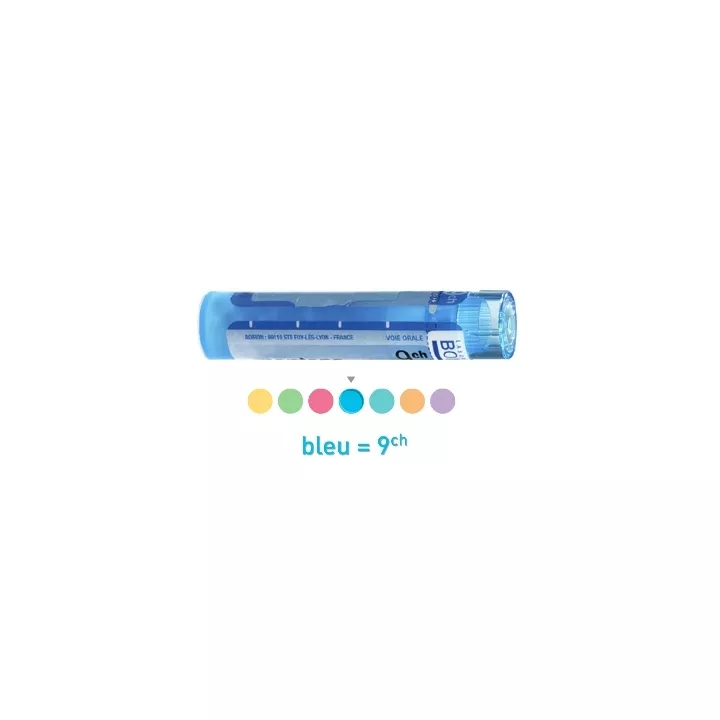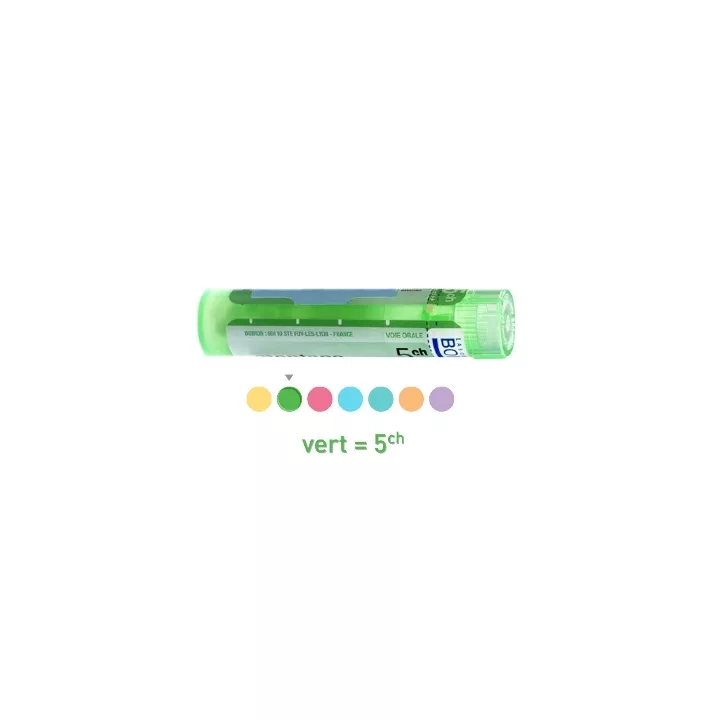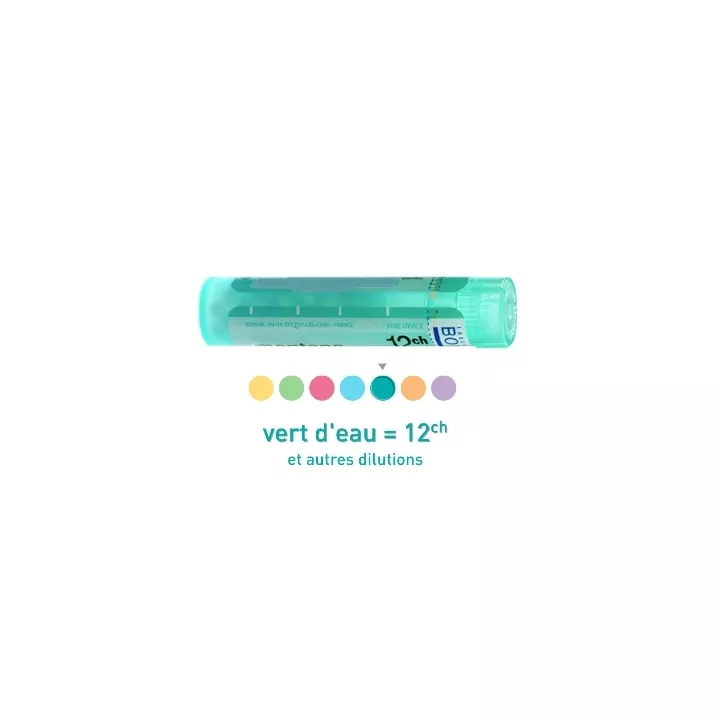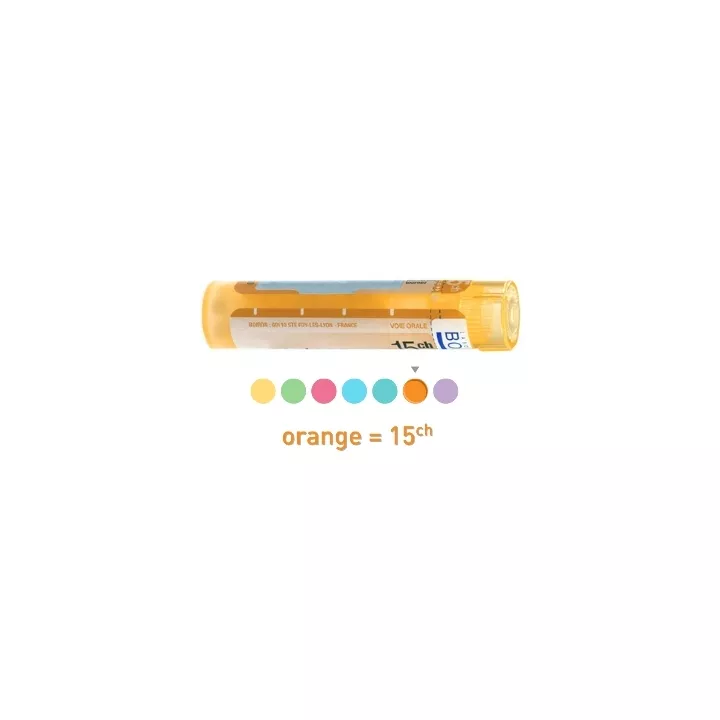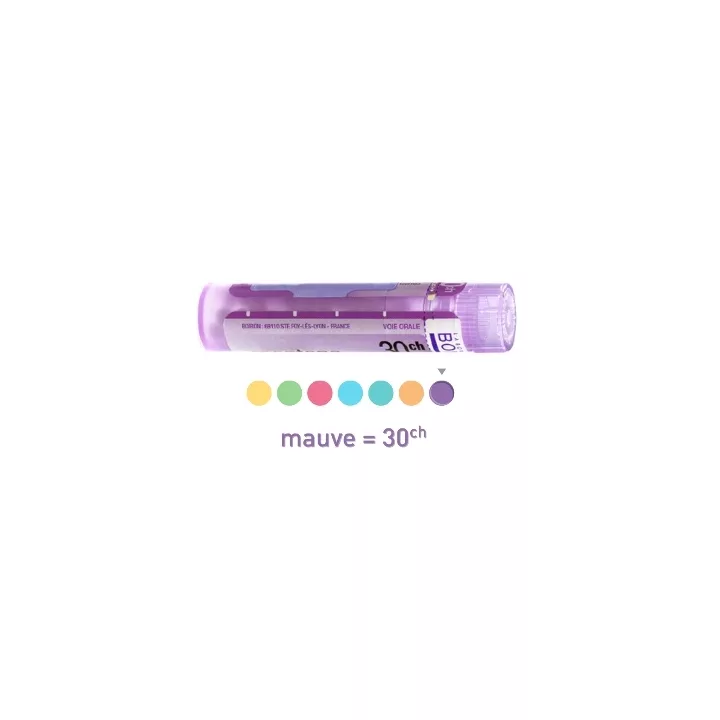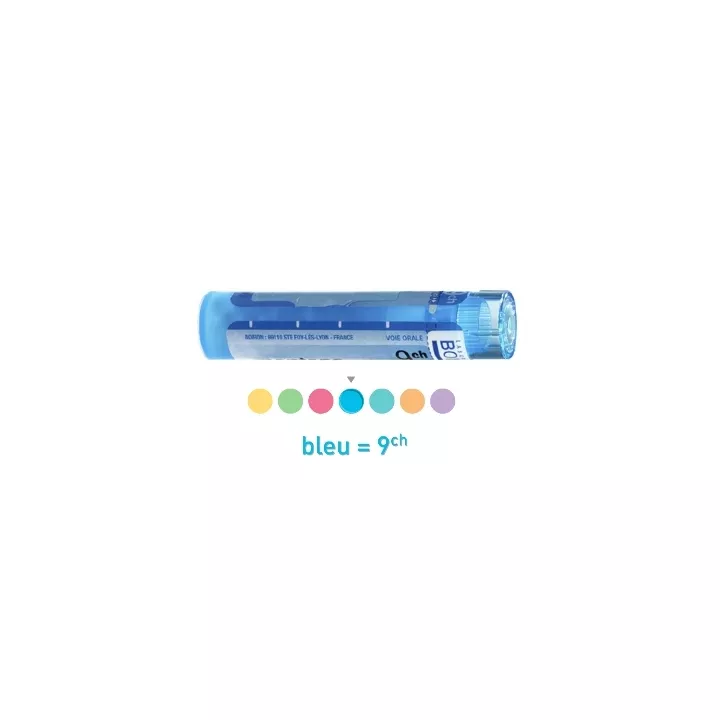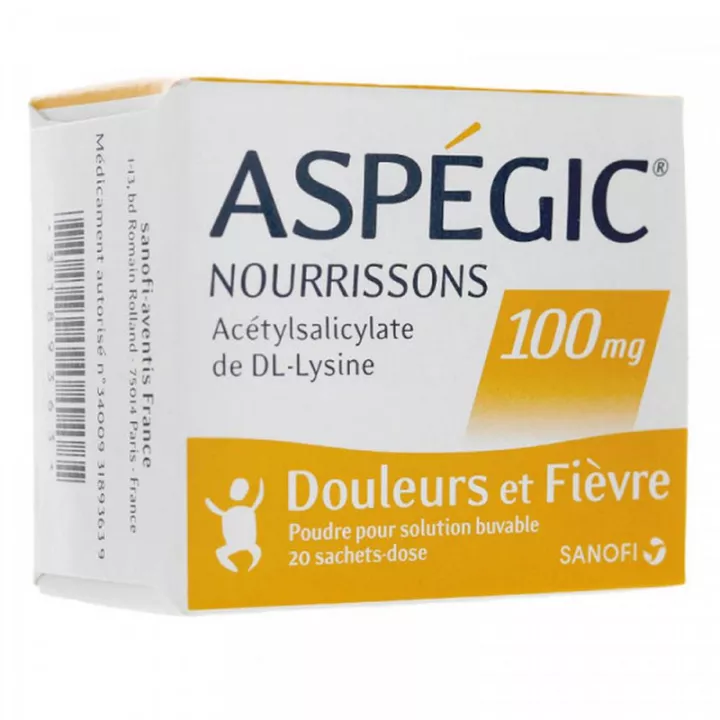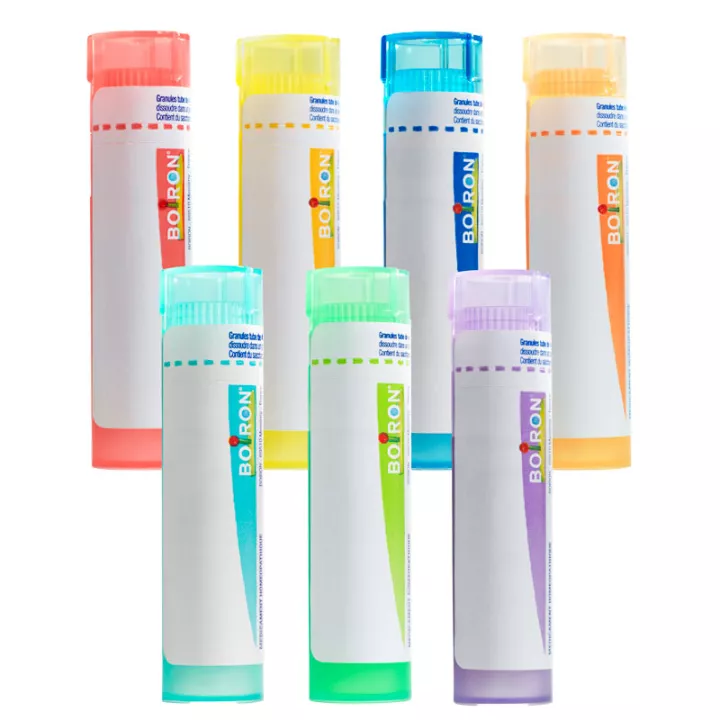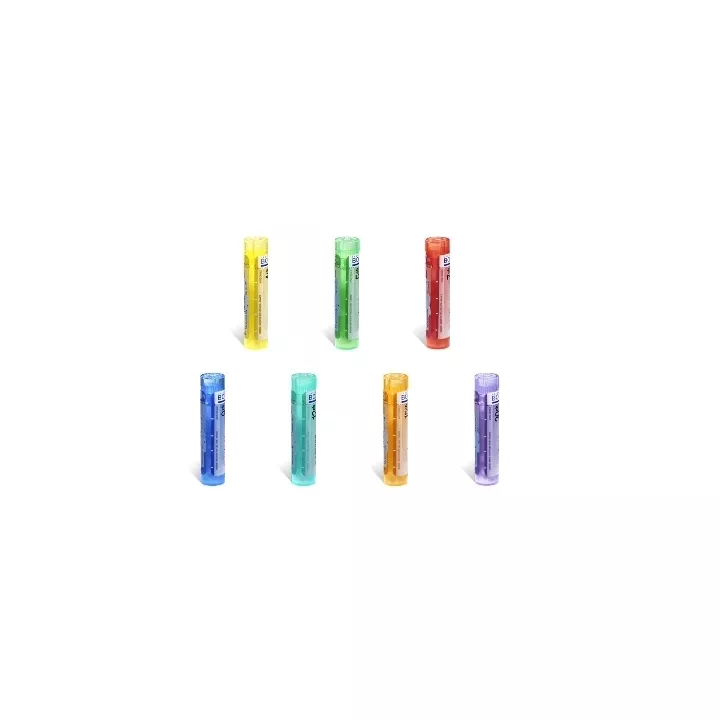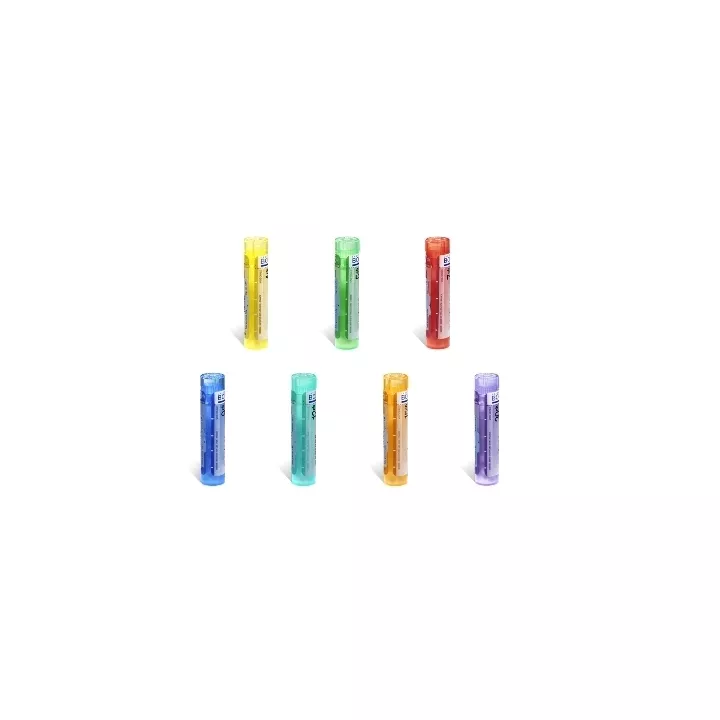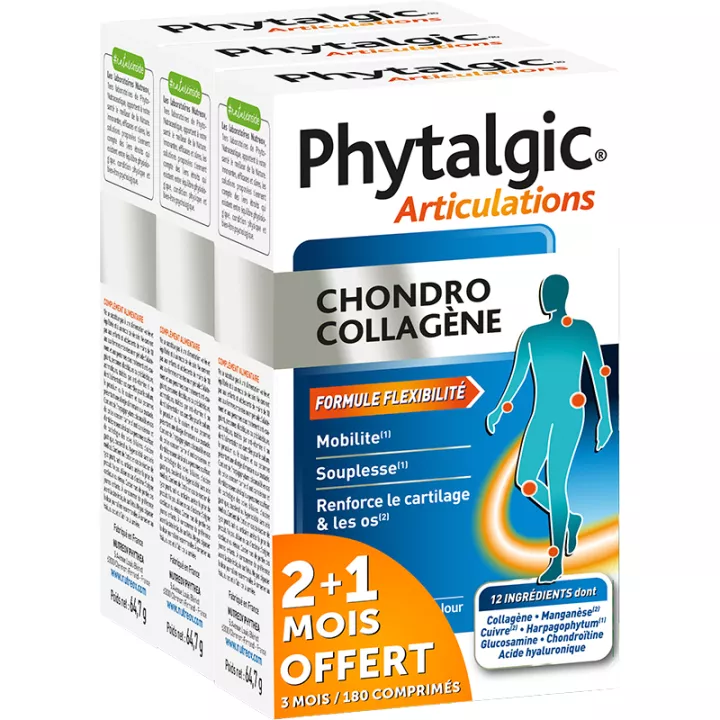ACONITUM NAPELLUS
French name: ACONIT NAPEL
Registered drug: EH00003
Registered in the pharmacopoeia. Origin: Vegetable
Aconitum napellus has many vernacular names: “helmet-of-Jupiter”, “chariot-of-Venus”, “madriettes” or “hood of a monk”.
When to use Aconitum Napellus Homeopathy Granules:
-
if you have a nosebleed,
-
cardiovascular disorders: hypertensive attacks, increased heart rate, flushing of the face. The individual is more anxious, agitated, and often he is afraid of dying.
-
brutal fever with: increased heart rate, intense thirst for small amounts of water, anxiety and restlessness.
-
sunstroke or heat stroke with red, dry skin
-
pain on the way to a nerve, made worse by cold and accompanied by numbness and tingling.
-
sudden cessation of menstruation due to fear or cold.
Presentation of the Aconitum napellus species
It is the aconite napel (Aconitum napellus) which is at the origin of this homeopathic remedy. Aconite napel is a plant in the Ranunculaceae family which is found in fairly humid biotopes in the temperate Eurasian zone. The aconit napel is also known under the name of “ helmet-of-Jupiter ”, “ chariot-of-venus ”, “ madriettes ” or “ hood of monk ”. It is an extremely toxic plant, which can be lethal even at low doses. The aconit contains the alkaloid aconitine which causes death by paralysis of the various vital systems.
It is the whole aerial plant which is used in homeopathy.
Properties of Aconitum napellus
Aconitum napellus has a wide range of action against nervous problems and inflammatory infections.
Aconitum napellus is recommended at the start of infection such as angina, bronchitis, laryngitis, etc.
Other fields of action:
- anxiety attack
- increased heart rate due to stress
- anxiety and hypertension
- Feverish state which can be linked to a cold.
Indications and Dosage of Aconitum napellus in tube granules
Homeopathic medicines Tubes granules can be used in various symptoms, so it is not possible to determine the indications and the dose of a specific preparation.
The homeopathic doctor chooses the appropriate medication, dilution and dosage appropriate to the patient's state of health and characteristic symptoms.
Directions for use and instructions for Aconitum napellus in homeopathic granules
Remove the tab, invert the tube and slightly pull the cap.
Turn the tube to drop the desired number of granules into the cap and place the granules under the tongue.
It is advisable not to touch the homeopathic granules or globules with your fingers.
The globules in the dose tubes are absorbed all at once, allowing them to slowly dissolve under the tongue. If there is no dose, take 10 granules of the same dilution.
Do not take astringent substances within half an hour before taking homeopathic medicines such as coffee, tobacco, camphor, mint and chamomile.
Use a toothpaste without mint (Homéodent BOIRON type).
Give your opinion on advice on use and dosage with our partner Avis checked after your purchase.
Conditioning
Translucent granule tube (allows you to view the remaining granules). Weight 4g. About 80 granules.
Precaution for use of Aconitum napellus
Warning with Aconitum napellus
Contains sucrarose. Keep homeopathic medicines away from light, heat, humidity and all sources of emanation and perfumes.
How to give homeopathic granules of Aconitum napellus to babies and children?
For homeopathic granules, it is necessary to dissolve them in 100ml of water. For children from 6 years old, you can give them directly in the mouth, to let them melt under the tongue.
The Homeopathy remedy of Aconitum napellus and pregnancy
Homeopathic medicines have no chemical toxicity, neither against indication, nor interaction with other drugs, nor of undesirable effect related to the quantity of product ingested. Pregnant women can care for themselves without known risk to themselves and their future child, but it is best to seek advice.
Frequency of use of homeopathy Aconitum napellus
In acute conditions, it is advisable to take homeopathic remedies every hour until symptoms improve. Therefore, you should space out, 3 or 4 times a day, then stop gradually.
In chronic conditions, remedies in low dilution (> at 9 CH) are taken 1 to 2 times a day, background remedies are taken 1 time per week, even 1 time per month. This decision belongs to the homeopath.
What to do if there is no improvement within 24 hours
Certain pathologies cannot be treated in homeopathy by simple self-medication. Their seriousness requires medical advice which can be delivered by a homeopathic doctor. This doctor will judge if your condition can be treated by homeopathy alone or if your treatment should be supplemented with allopathy.
Learn more with Doctor Binet "Practical homeopathy"
Aconite. Buttercup. It is the great remedy for the onset of all congestion suddenly occurring after a cold spell , particularly in young and vigorous subjects, and starting with a chill.
Aconite is also the chills medicine, with dry skin, thirst and side stitch.
Aconite calms the shivering fever . It is therefore above all the sovereign remedy of the sudden onset of the flu and all the diseases starting with a shiver (pneumonia, pulmonary congestion) or with shivers (pleurisy, malaria), and where there is always dryness of the skin . (Remember that when the patient begins to sweat he is no longer Aconite, but Belladonna.)
Aconite is the great medicine for dry cold (de la bise), hence its indications in:
- hoarseness , dry and hoarse cough of tracheitis and laryngotracheitis (Spongia, Sambucus, Senega, Kali iod);
- oppression, bronchitis , the onset of pulmonary tuberculosis with hemoptysis;
- "cold" facial and intercostal neuralgia ;
- earache after a stream of dry, cold air, often accompanied by painful hyperacusis;
- photophobia (of skiers), epistaxis with dryness of the nose;
- and especially hypertension : "To act quickly in acute hypertension, nothing equals Aconite."
Aconite has been called the "homeopathic lancet"; it can be combined with Aurum and Baryta carb. for long-term treatments.
Aconitum is also one of the main remedies for rheumatism (with Apis, Bryone, Ferrum phos. Rhus tox) especially if it occurs after a cold spell.
Aconite works wonders in jaundice (with Phosphorus, Chelidonium, Nux vomica, Podophyllum) as well as in enlarged heart (sportsmen for example with Cactus, Aurum and Rhus tox.) And headache, with beat, after stroke dry cold or sunstroke (with Glonoin, Opium).
Aconite is the basic drug for fearful people, people who are afraid of everything, and especially afraid of death. It is the remedy for phobias (Lillium).
It calms anxiety, anxiety, agitation, palpitations, especially in subjects sensitive to dry cold.
It is indicated in stopping menstruation after cold (Antimon crud., Pulsatilla, Conium, Dulcamara), or after fright (Actea, Chamomilla, Opium, Gelsemium).
In cases of simple fever with chills, Aconite Napellus will be given. If there is cardiac involvement, Aconit Ferrox (RAA, aortitis, angina, endocarditis, etc.) is preferred.
According to Doctor Roger Pernot "The cardiac side of Aconit can be summed up in a few words: agitation, anxiety, fear of dying suddenly, predicted the hour of his death, precordial pain with radiation and especially numbness and even tingling in the left arm ( cactus); worsening around midnight ".
Specials: avoid giving Aconite to hypotensive subjects with slow pulse, and in subjects who sweat.
When the homeopath prescribes Aconit, without specifying, the pharmacist gives Aconitum napellus.

